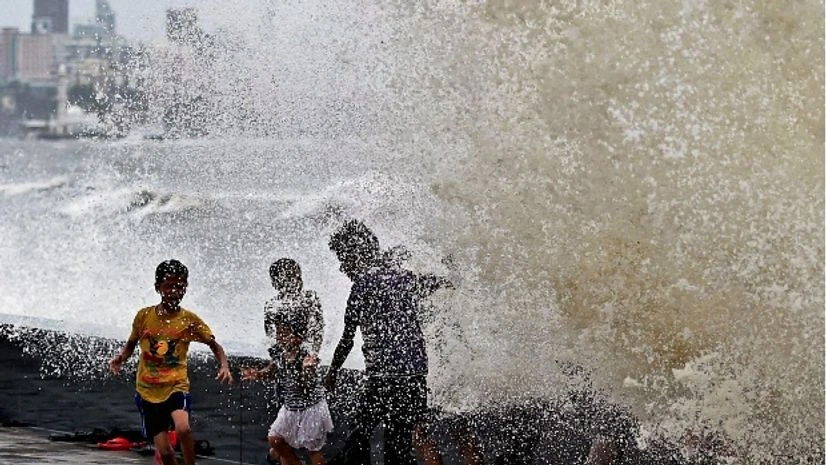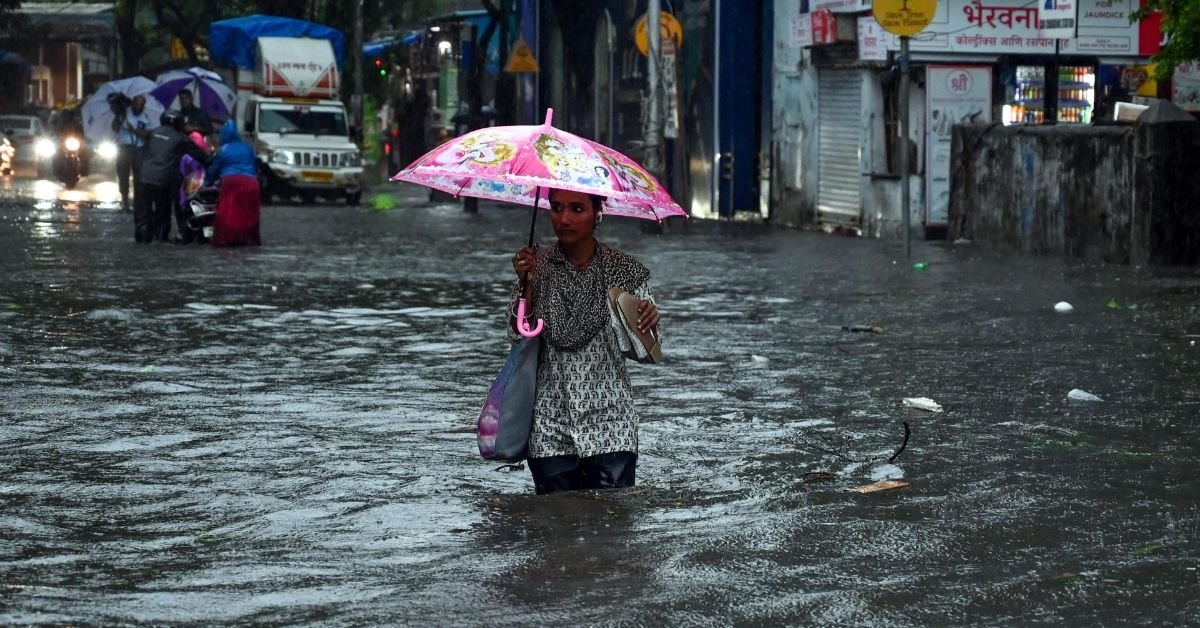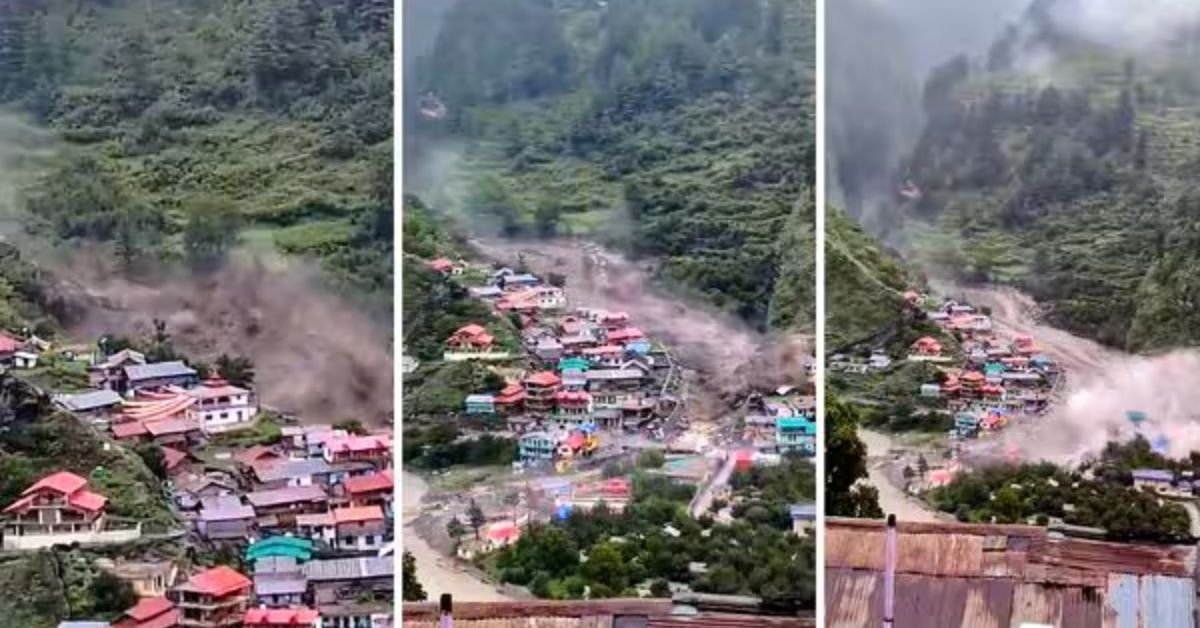The Indian monsoon is the heart of the subcontinent. For years farmers wait for the arrival of the monsoon, and we celebrate the little drops that pour down from the sky.
The Indian monsoon is more like a cultural and economic lifeline. However, within these few years, the dynamics of the monsoon have changed strangely. Some places are receiving a lot of rainfall, while some other places are not receiving any drops. Rain arrives late in Spain quickly, or in some cases it results in terrifying cloudbursts. The sudden change in the climatic behavior has raised a lot of questions regarding the changing climatic conditions and their impact globally.
The Unpredictable Monsoon
The monsoon season has been completely unpredictable for a few years now. Earlier rain used to arrive in June, and July and August were the soaking months. Now this rhythm is broken.
In some places, rain arrives later than the desired time or comes too early. This creates a lot of chaos for farmers and citizens. The rate at which cloudburst has increased is pretty terrifying. Every other day, we are listening to the news of cloudbursts in different areas, which resulted in floods and many casualties.
The rainfall works on a stop-and-go pattern! This has become pretty normal for many cities. One day there will be a flood; the next day you will receive no rainfall. For farmers this situation is pretty critical. Sudden or too much rainfall can rot the field, and less rainfall fails to germinate the seed.
Why do We Observe Certain Climate Changes Within the Last Few Years?

There are a lot of factors that have resulted in sudden climate change. Climate change impacts the entire atmosphere and the physics behind oceans. Warm air holds moisture, and when there is a sudden rising temperature, the atmosphere carries a larger amount of water droplets; when these droplets release, it results in a heavy burst or flood.
Sudden rising temperatures create ocean warming, which is pretty fast in the Indian Ocean in comparison to the other global averages. This often results in disruption of wind patterns, resulting in unpredictable weather conditions.
Global phenomena like El Niño and La Niña have also become pretty strong and unpredictable. These sudden shifts in the weather and climatic conditions have resulted in either surplus rainfall or drought.
It is not wrong to say that a dedicated and delicate balance is required for easy flow of the monsoon. Global warming, deforestation, and other human activities have resulted in rising temperatures, and this impacts the overall weather conditions.
What are we observing regarding the Indian monsoon pattern?
As per the current pattern, we are witnessing extreme conditions. Many cities like Mumbai, Delhi, and Bengaluru often witness heavy rainfalls within hours. Hilly areas like Uttarakhand and Himachal Pradesh experience intense cloudbursts, which trigger landslides and floods in the homes and roads.
During the same time period there are several places in Maharashtra and Rajasthan that face severe drought conditions and water shortages.
As a result, we lack balance, and this has resulted in unpredictable monsoon weather conditions in India. It is not wrong to say that climatic change or shift is resulting in changing the monsoon pattern.
How does the sudden change in rainfall result in past forms of food security?
The sudden change in weather conditions results in a real food security issue. Indian farmers highly depend on the monsoon season for their crop production. Whether it’s pulses, sugarcane, or cotton, everything depends upon that timely rainfall in the particular region. In many places near the Indo-Gangetic region, farmers have observed that there is flooding with sudden rainfall or that they are stressed due to drought conditions.
This sudden shift in weather conditions not only impacts the farmers but also raises concerns about the food security in the area.
To deal with the situation, many farmers are experimenting with their cropping style. They are either looking for shorter-duration crops that are drought resistant.
We need to adapt cells, as the monsoon is becoming highly unreliable and unpredictable at the same time.
Not only farmers and smaller regions but also urban areas are suffering from unpredictable monsoon conditions. Poor drainage systems and unchecked construction create a lot of chaos in the city area.
For instance, 2 hours of heavy rainfall in Gurugram creates a lot of traffic jams and drainage issues. Just a few hours of rain can result in flooded areas and massive traffic.
Places like Mumbai, Uttarakhand, Himachal Pradesh and Kashmir are suffering from heavy rainfall conditions. While daily is dealing with a strange cycle of scratching heat or sudden intense rainfall.
How to Be Prepared For the Unpredictable Monsoon Season This Year?

We definitely cannot fix the monsoon season, but with the right adapting qualities, we can learn about this new pattern.
We can use better casting techniques with the help of advanced satellite technology and AI-based models. This will help in predicting the rainfall pretty accurately. This will help in informing the people early about the rain condition in that particular area.
Whenever there is heavy rainfall, we are not able to use the water properly. So it is very important to learn water management. Whether it’s restoring a console lake or a smarter irrigation system, it can create a lot of buzz in the market.
The fun fact is that India was soon no longer dependent upon the rhythm that it used to follow. The sudden change in climatic conditions has become a strong and hard issue that we need to discuss.
Must Read: Uttarkashi Tragedy 2025: Is It Raising Serious Climatic Concerns?
Conclusion:
Indian forest rivers and biodiversity, which are under severe threat due to sudden climate change. For instance, the Western Ghats have reduced rainfall over decades. This is a serious concern for plant and animal species.
In Sundarban heavy rainfall results in an increased sea level, which destroys mangrove forests. In Himalayan areas, melting glaciers can result in flood conditions.
It’s high time; we need to take up climate change as a serious issue!


